A biweekly newsletter with public space news, resources, and opportunities.
A curated dispatch on all things public markets plus the latest announcements from the Market Cities Program.
Creating and maintaining safe and accessible public spaces through placemaking has many benefits. One benefit for health is increasing physical activity. According to the Centers for Disease Control and Prevention (CDC), regular physical activity is one of the most important things you can do for your health. Being active can improve your brain health, help manage weight, reduce the risk of disease, strengthen bones and muscles, and improve your ability to do everyday activities.
With this in mind, health and well-being is one of the overarching themes of the 4th International Placemaking Week in Baltimore, Maryland on June 5-8, 2024. As public space advocates, we know that placemaking plays a unique role in public health. Designing public spaces hand-in-hand with the people who use them can support the creation and maintenance of safe and accessible spaces that can encourage active living, as well as good nutrition and positive mental health.

There are many ways for placemakers to enhance health and well-being through their work. One of our favorite frameworks for promoting physical activity is provided by CDC’s Active People, Healthy Nation℠. This national initiative aims to help 27 million people become more physically active by 2027.
Using this framework, you can promote physical activity in your placemaking work using the following strategies:
Beyond physical activity, placemaking can also help enhance access to healthy foods and natural environments.
You will see all these concepts featured throughout Placemaking Week as well.
It’s crucial for placemakers to ensure everyone has equitable and inclusive access to physical activity, regardless of age, race, ethnicity, education, socioeconomic status, disability status, sexual orientation, and geographic location. Research shows that racial and ethnic groups have unequal rates of physical activity. These disparities exist in part because many people live in neighborhoods with few safe spaces or other social and environmental supports to promote physical activity, which can be the result of historical policies. Even in accessible areas, some groups, like older adults or people with disabilities, may be left out due to design shortcomings. With so much at stake, prioritizing equity and inclusion into every placemaking strategy is non-negotiable. Placemakers and other public space professionals can facilitate progress on this issue by working closely with communities and emphasizing health equity for people experiencing disparities.
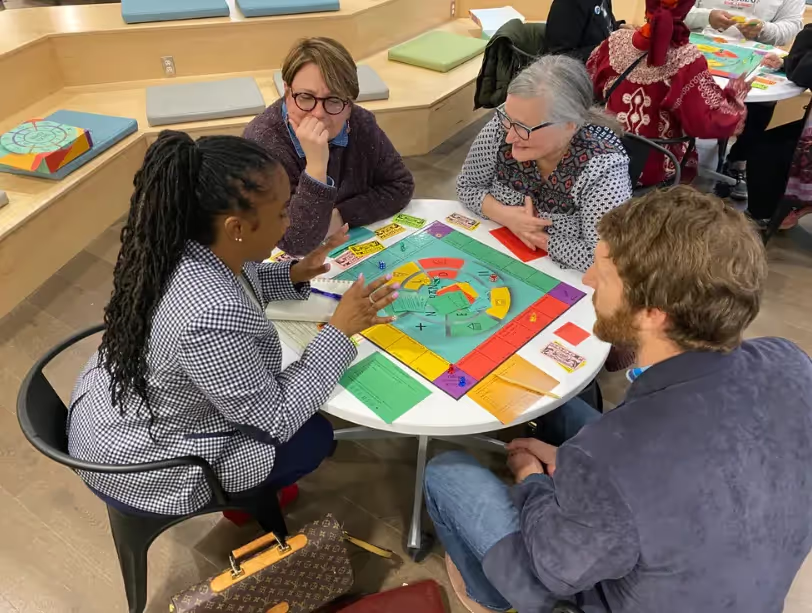
While conversations around equity are serious, incorporating creativity and fun can sometimes go a long way to helping broach difficult subjects. At Placemaking Week, we’ll work to unpack some of these issues during the interactive, educational workshop Urban Cipher: A Race and Space Board Game, designed by scholar and urban afrofuturist Dr. Lawrence T. Brown. The facilitator, EnviroCollab Founding Principal Heidi Thomas, will guide attendees through the game and conclude with sharing tangible strategies for addressing placemaking inequities in their communities.
To inspire more physical activity, placemakers can help implement community design activities to connect pedestrian, bicycle, or transit transportation networks (called activity-friendly routes) to the places people want and need to visit such as parks, workplaces, schools, and markets. These efforts can help make routes safer and more appealing, from making sure streets have good lighting at night to providing public bathrooms along bicycle paths. Placemakers can also contribute to pop-up or demonstration projects with the goal of permanent infrastructure changes.
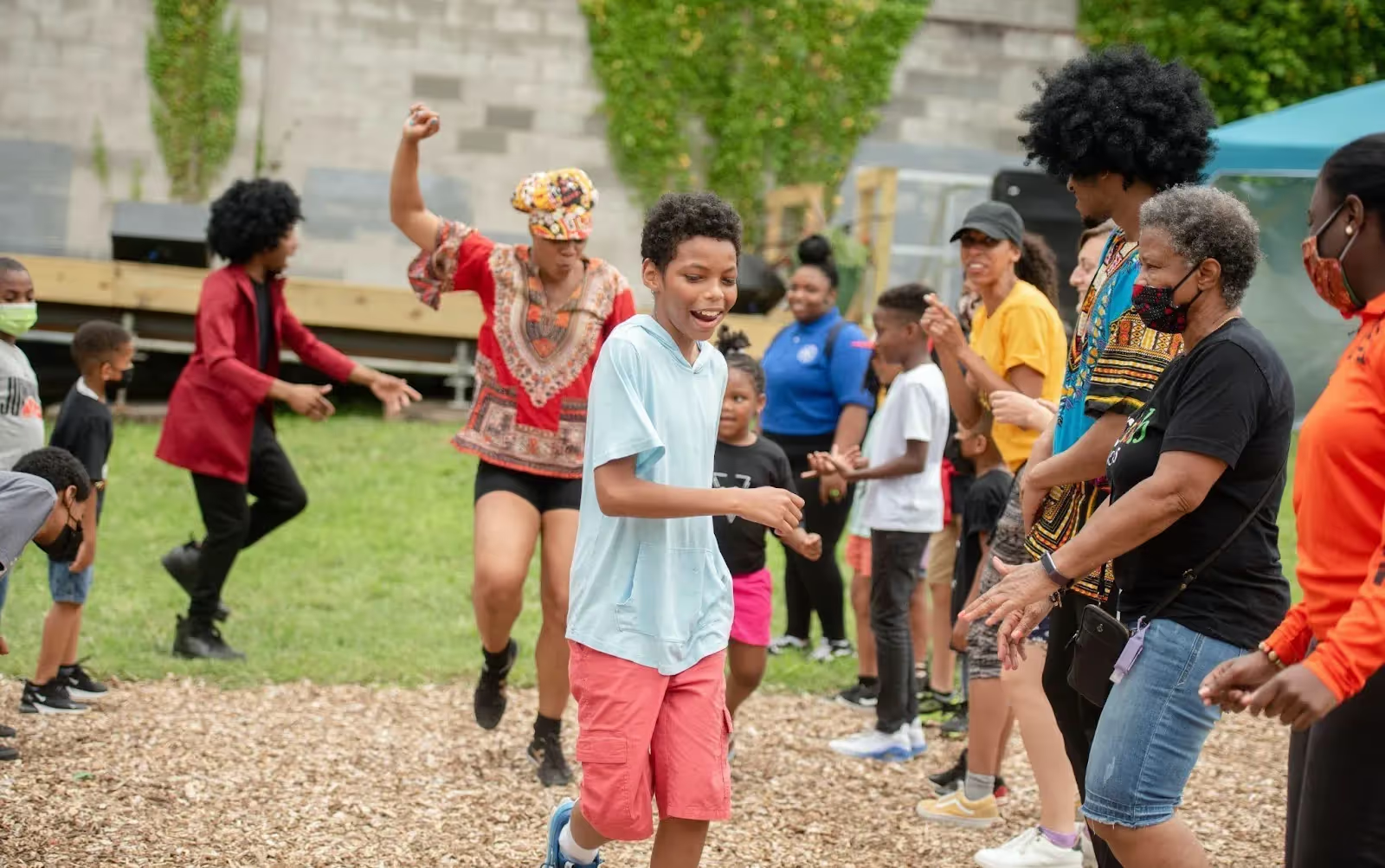
Baltimore, in particular, is a great place to learn about activity-boosting connectivity. The city’s Baltimore Greenway Trails Network boasts 35 miles of multi-use trails connecting 75 city neighborhoods and their residents to each other, as well as destinations like libraries and green spaces. During the session, The Power of Trails for Creating Connection and Celebrating Culture, placemakers will learn how to unlock the potential of multi-use trails from developing a project vision to ensuring equity is factored in every step of the way.
Connecting people to places that encourage physical activity doesn’t have to be complicated. Placemakers can help encourage access to and use of parks and playgrounds by using simple tools such as creating safe crossings and clear signage.
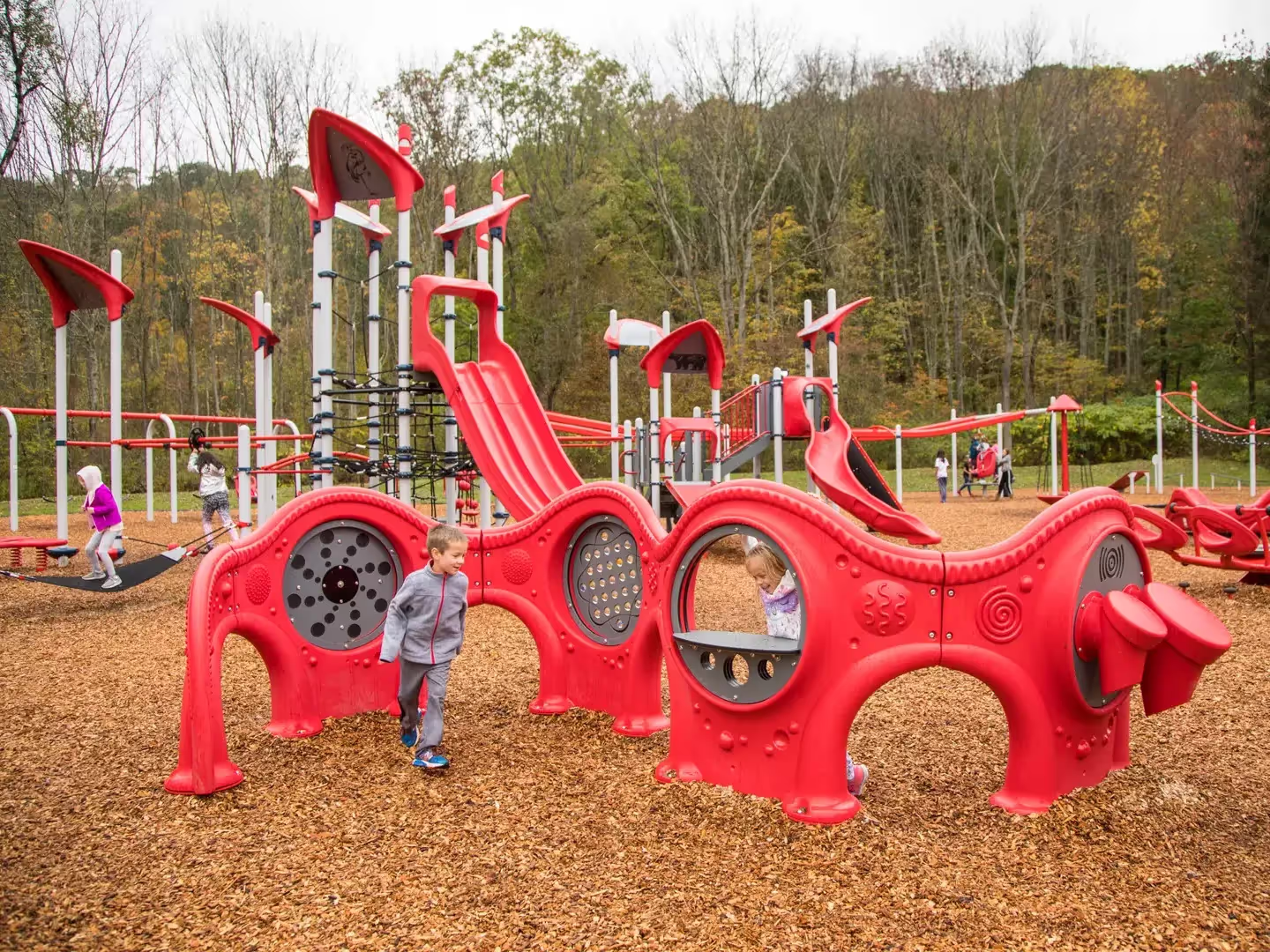
In Built to Play: Scaling Play Infrastructure at the Regional Scale, representatives from Gehl, Kaboom!, The Skatepark Project, and the Ralph C. Wilson, Jr. Foundation will explore some of the challenges and opportunities of improving access to play. While some aspects of inclusion involve on-the-ground design and management, others such as funding, site selection, operational support, and more require working at the systems level. In this session, placemakers will learn everything from building the case for play and its health benefits to adapting playgrounds to evolving needs over time.
Last year, the US Surgeon General issued a report on the loneliness epidemic in the United States, likening its harmful health impacts to smoking 15 cigarettes daily. His primary recommendation? Enhance the community's "social infrastructure," which includes everything from parks and plazas to markets and main streets. And as a bonus, when people have access to a supportive social network, it also becomes easier for people to increase and maintain their physical activity.

Toronto, Canada, is leading the way with innovative approaches to strengthening social networks in the suburbs. During the breakout session Building Toronto Together: Co-Creating Equitable Social Infrastructure in the Inner Suburbs, Placemaking Canada will engage public space professionals in a discussion around “make due” urbanism and grassroots placemaking for activating public space in peri-urban areas. Together, attendees will explore placemaking projects that are connecting underserved communities with joyful and health-promoting public spaces. For example, one project, “From Weeds We Grow: Restoration of Relationship,” animated one of Toronto’s largest and underutilized green spaces through collaborative partnerships, community co-creation and Indigenous-led programming with a focus on land-based placemaking and placekeeping.
As Project for Public Spaces found in our 2016 report, The Case for Healthy Places, placemaking projects that support public markets or community gardens can provide local communities with fresh, affordable food—an essential factor in preventing malnutrition and diet-related diseases such as obesity, heart disease, and diabetes. These third spaces also offer a range of often under-appreciated social and economic benefits, including supporting local entrepreneurs and education on health and wellness. When these spaces are in activity-friendly communities, residents can also be physically active while getting fresh, affordable food.
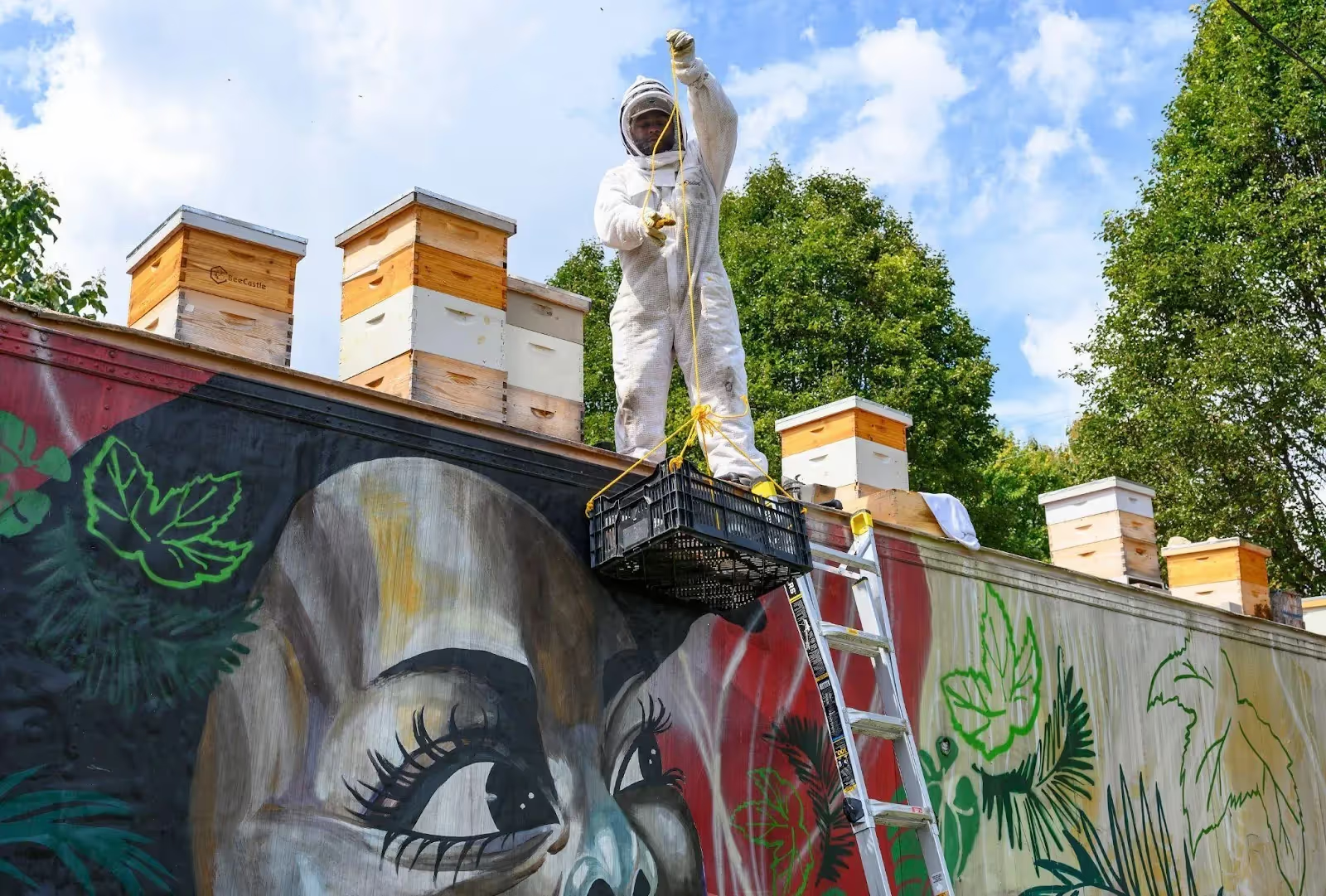
One of the reasons Project for Public Spaces is excited for Placemaking Week in Baltimore is the city’s strong network of urban farms. In particular, Baltimore is exploring how urban farms can mitigate systemic harms and help heal injustices by bringing a community together. Join the mobile workshop Growing Healthier Communities: How Urban Farming Builds Land Justice in Baltimore to learn more about BLISS Meadows, Filbert Street Garden, Black Butterfly Farms and Plantation Park Heights, and the Farm Alliance of Baltimore’s dedication to inclusive and equitable development.
Placemakers around the world know that one “lighter, quicker, cheaper” way to enhance a public space is by adding plants and other natural flourishes. As our founders like to say, “Start with the petunias!” Greenery adds beauty and enhances a visitor’s comfort, while helping to establish a unique identity for a place. Research also shows that green spaces offer numerous health benefits, from reducing mental health issues like depression and anxiety to improving social interactions and environmental factors like air and water quality.
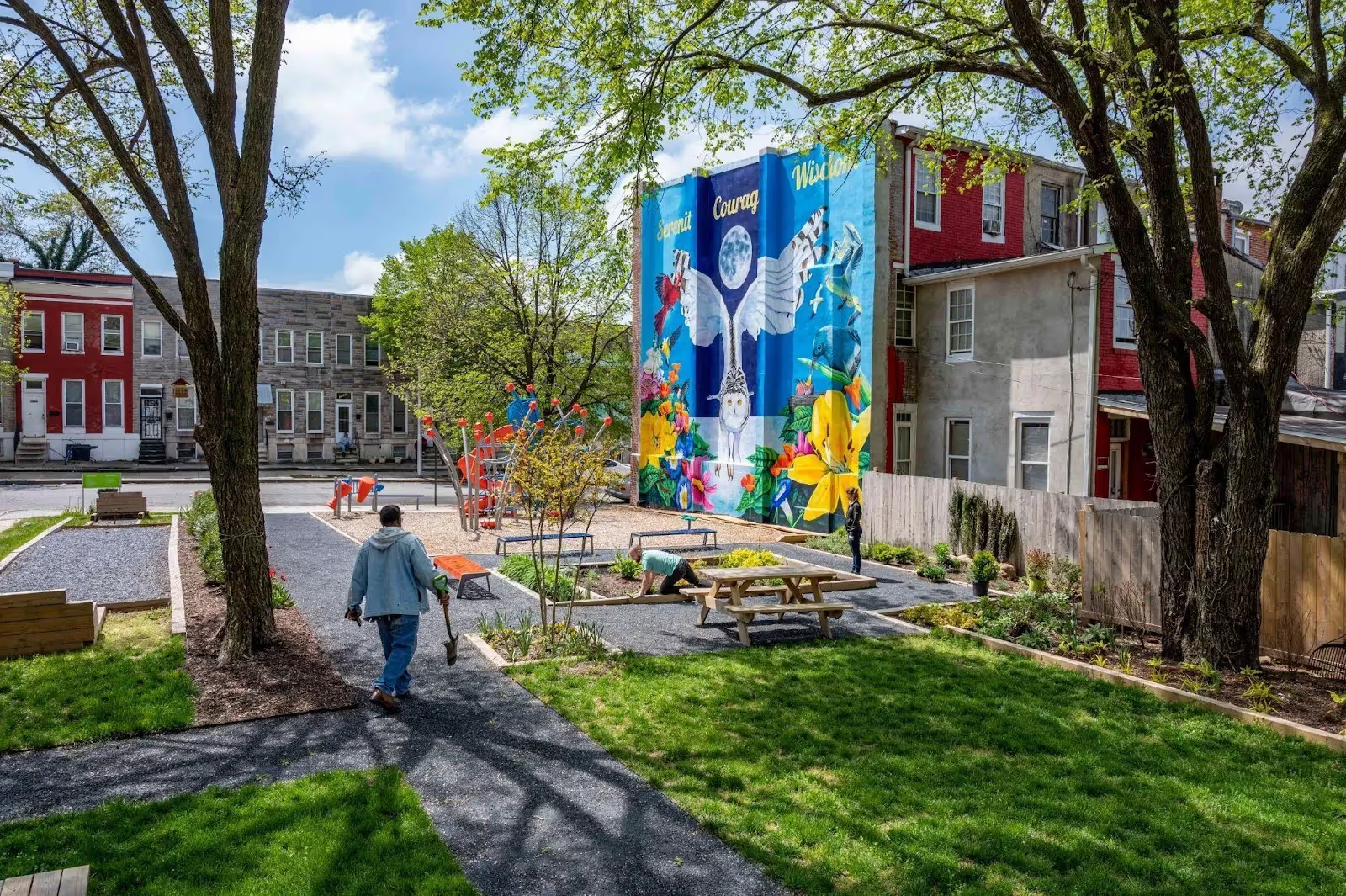
In the mobile workshop Countering Systemic Disinvestment: A Park and Green Space Development Model in Southwest Baltimore, attendees will explore a community development model in Southwest Baltimore that is transforming abandoned spaces into vibrant parks and green areas. Led by Bon Secours Community Works, this initiative offers affordable housing, community parks, job training, and more, in collaboration with local residents. One stop along the way will be Kirby Lane Park, a model for providing access to greenery, community, and play where before there was a vacant lot plagued by illegal dumping.
Whether you're interested in arts and culture, public health, transportation, green spaces, or other related fields, you can help support public health through placemaking.
Getting involved with Active People, Healthy Nation is a great place to start! You can sign up to receive the Active People, Healthy Nation monthly newsletter for free resources, inspiring success stories, news of funding opportunities, and much more.
Want to learn more about how different sectors can be involved? You can also head over to the Active People, Healthy Nation Tools for Action webpage and select the area that you’re most interested in for resources to promote active living and public health in your community.
Together, let’s help reach the goal of getting 27 million people to become more active by 2027!
The rich text element allows you to create and format headings, paragraphs, blockquotes, images, and video all in one place instead of having to add and format them individually. Just double-click and easily create content.
The rich text element allows you to create and format headings, paragraphs, blockquotes, images, and video all in one place instead of having to add and format them individually. Just double-click and easily create content.
Body Text Body Link
The rich text element allows you to create and format headings, paragraphs, blockquotes, images, and video all in one place instead of having to add and format them individually. Just double-click and easily create content.
Here is some highlighted text from the article.




Headings, paragraphs, blockquotes, figures, images, and figure captions can all be styled after a class is added to the rich text element using the "When inside of" nested selector system.
Headings, paragraphs, blockquotes, figures, images, and figure captions can all be styled after a class is added to the rich text element using the "When inside of" nested selector system.
Headings, paragraphs, blockquotes, figures, images, and figure captions can all be styled after a class is added to the rich text element using the "When inside of" nested selector system.

We are committed to access to quality content that advances the placemaking cause—and your support makes that possible. If this article informed, inspired, or helped you, please consider making a quick donation. Every contribution helps!
Project for Public Spaces is a 501(c)(3) tax-exempt organization and your donation is tax-deductible within the guidelines of U.S. law.